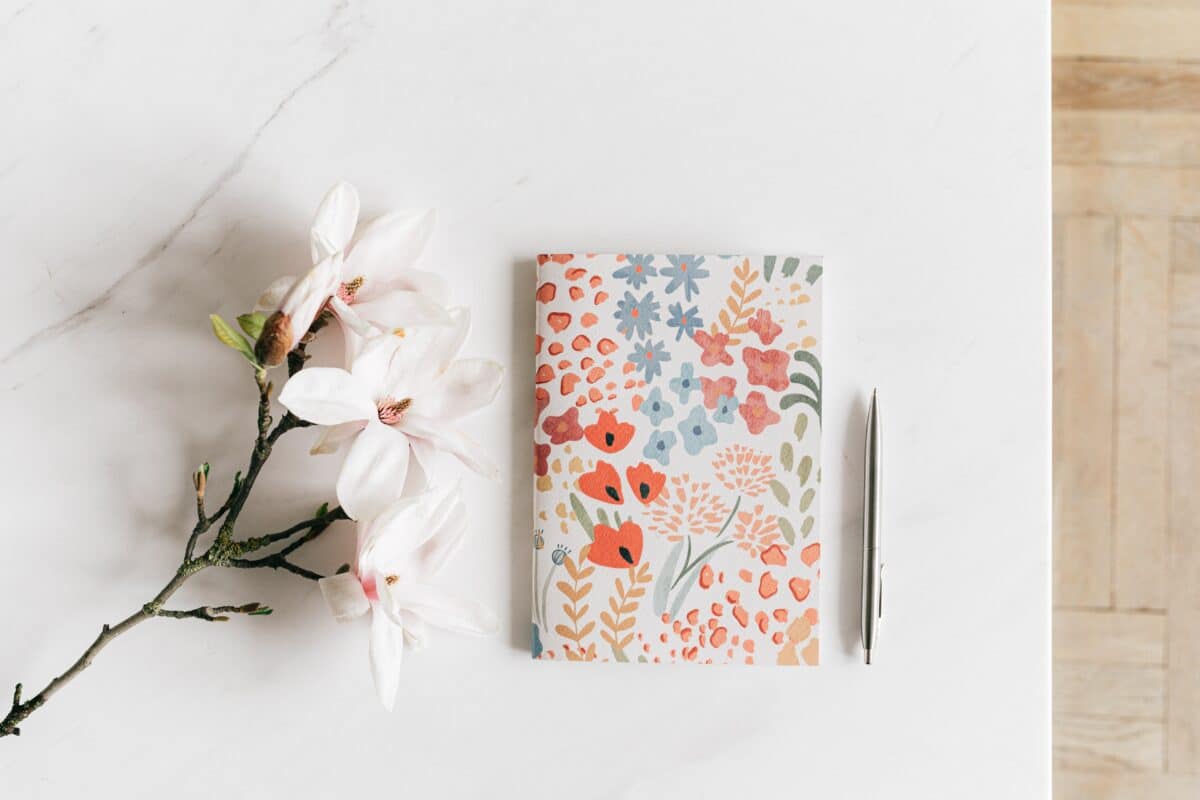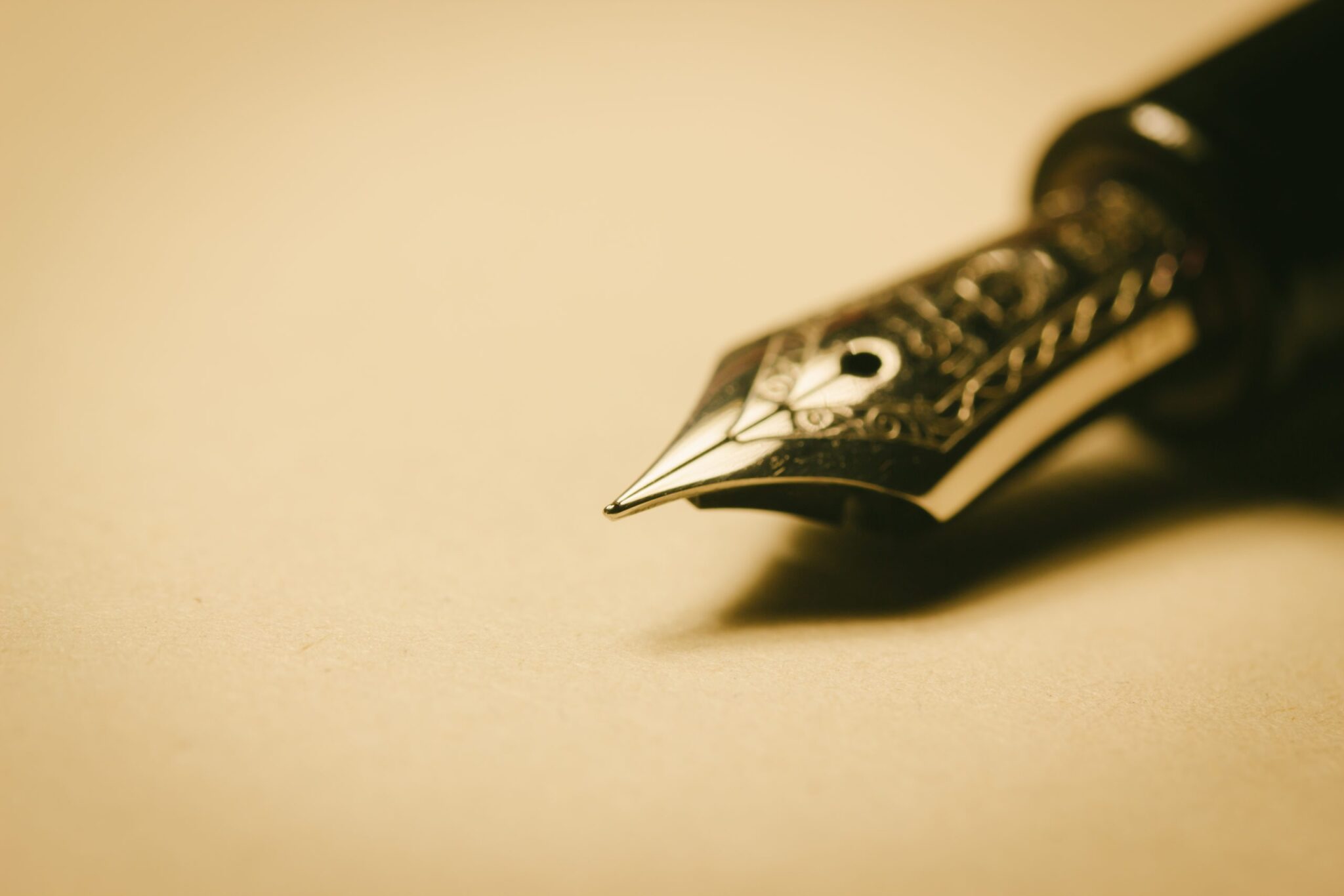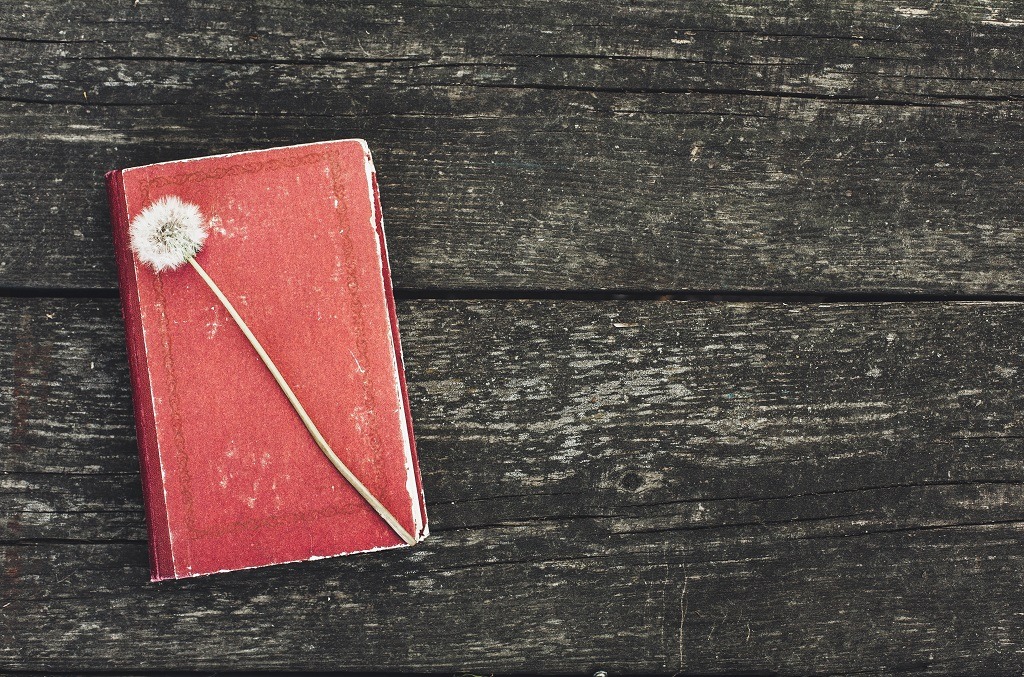Here is what the Arte Mayor poetry form is:
Arte Mayor is a style of poetry that dates back to medieval Spain, specifically around the 14th century.
The form started out with lines that ranged from 8-16 syllables, but gradually got condensed down to 12-syllable lines, usually in octaves.
Sadly the form’s popularity did not persist long, relatively speaking.
So if you want to learn all about the Arte Mayor poetry type, then you’ve come to the right place.
Let’s get right to it!
- Soledad Poetry Form: Plunge Into Silence’s Haven
- Zéjel Poetry Form: Blaze Trails in Thought
- Glosa Poetry Form: Unlock Wisdom’s Vault

Forms of Poetry: Arte Mayor

Arte Mayor (literally “high art”) is a mostly obsolete poem form from medieval Spain.
This class of poems wasn’t really popular long enough historically to congeal into a single recognizable structure, but it remains relevant as an artifact of Spanish history.
While there are points of debate over what elements of the form are absolute and malleable, the most general definition is that it was a form comprised of lines ranging from 8-16 syllables that usually used mid-line caesuras, though not necessarily on every line.
When Arte Mayor is used today, it’s usually to reference that specific period in Spanish history, such as to give more credibility to a scene in a play, etc.
It hasn’t been picked up for widespread use as of yet and is unlikely to spark a fire in most poets, due to the ambiguity of the definition.
Due to the limited availability of English sources, this article should be understood to be a summary of testimonies rather than facts.
While I did cross-reference my sources, there simply aren’t that many English sources that go in depth on outdated Spanish poem forms.
Those of you who are fluent in Spanish should feel encouraged to dig a bit deeper where applicable.
Basic Properties of Arte Mayor

| Rhyme Structure | Optional but preferred |
| Meter | Varies; often anapestic |
| Origin | Medieval Spain |
| Popularity | Obsolete |
| Theme | Varies |
How Is Arte Mayor Structured?

Unlike many more prescriptive poems with singular definitions, Arte Mayor is more like a genre of stylistically similar poems than it is like any one specific form.
The general definition is that it refers to Spanish multiform verse from around the 14th century that consisted of anywhere from 8-16 syllables, though some sources argue for a range of 9 or more syllables instead.
The form did eventually whittle itself down to a specific 12-syllable form utilizing caesuras (pauses), but its role in history was cut short by the rise of Italianate hendecasyllable poems.
Realistically, this isn’t a super uncommon trajectory for poem forms, but the thing that interests me about Arte Mayor is that it only sort of died.
You see, most poem forms whose identities become ambiguous and dissonant quickly fade from public memory never to be heard from again.
Or at least until some scholar digs them up four hundred years later and arbitrarily picks one particular poem as the “gold standard” that the form will then be measured by.
Arte Mayor is unique in that historians didn’t completely forget about it the way they did with so many other forms.
It just stopped coming up in conversation.
Because the form had so little time to grow and evolve when compared to more popular forms, the exact definition and best timeframe to turn to for said definition is comparatively vague.
Caesuras around roughly the middle of each line were a popular convention, as were eight-line stanzas with a rhyme scheme of ABBAACCA, but nothing was completely set in stone.
Anapestic meter was also a popular convention of the form, though it’s also possible that this contributed to the form’s limited reach internationally.
Anapests (metric units in which a stressed syllable follows two unstressed syllables) can be difficult to work with in English when compared to two-syllable feet such as iambs and trochees.
Edgar Allan Poe is probably the best example of a poet who worked with anapests, and his poetry would be considered anything but conventional for a western writer.
Laberinto de Fortuna by Juan de Mena is the closest thing we have to a “definitive” form for Arte Mayor, being the most commonly cited example by a decently wide margin.
It consists of octaves with 12-syllable lines.
Example of Arte Mayor

From Labrinto de Fortuna
Al muy prepotente don Juan el segundo,
aquel con quien Júpiter tuvo tal zelo
que tanta de parte le fizo del mundo
quanta a sí mesmo se fizo del çielo,
al gran rey de España, al César novelo;
al que con Fortuna es bien fortunado,
aquel en quien caben virtud e reinado;
a él, la rodilla fincado por suelo.
Under normal circumstances, I do try to avoid using foreign examples in these articles, but Arte Mayor has never been popular in English and likely never will be.
In order to maintain accuracy, the best course of action is to provide a Spanish example this time around.
But as luck would have it, this form is entirely defined around its syntax and physical structure, so this isn’t as problematic as it may first appear.
The first thing that stands out is that there is a rhyme scheme.
In this stanza, the rhyme scheme looks to be ABABBCCB.
It’s not uncommon for poems in romance languages like Italian and Spanish to stick to just two or three end sounds, so this isn’t especially unusual.
What is unusual, and is a trademark of the form, is that there is a very noticeable caesura on the fifth line, denoted in this case by a comma after “al gran rey de España.”
This ends up dividing the verse into two asymmetrical segments, close to the middle but not exactly at the midway point.
As loath as I am to point this out, the most obvious explanation for why this form died out is that it’s just…very similar to a million other European poem forms.
This is not to insult poems written in the style of Arte Mayor, but it’s easy to imagine how a form with a vague definition (that’s so structurally similar to what we already expect from European poetry) would fail to maintain its identity and independence.
Not to mention the centuries of stagnation in which English poets largely refused to touch anything other than iambic pentameter.
This is not my first time mentioning what I’d consider to be the poetic dark ages, but since it continues to be historically relevant to these discussions it probably won’t be the last.
Tips for Writing a Poem in Arte Mayor

My first advice, though it’s a little extreme, would be to learn some conversational Spanish if you’re serious about this form.
All historically relevant examples of this form are in Spanish, as you would imagine, and it will be easier to pin down exactly what a Spanish speaker would expect from Arte Mayor if you develop the skillset necessary to pick through the existing historical samples.
That’s not to say that you can’t write an approximation of what the form would look like in English.
A multi-verse poem written entirely in octaves in Anapestic tetrameter, prominently featuring caesuras, could be recognizable as Arte Mayor if we’re being generous.
However, that would also be slightly disingenuous to the origins of the form, in which it was, for a time, very unlikely to be exactly twelve syllables per line.
This is complicated further by the fact that the form did differ depending on who the poet was.
It may ultimately be best to acknowledge a simple truth about this form.
As is evidenced by the generic name, literally just meaning “high art,” this style simply didn’t last long enough in the popular imagination to have a concrete definition.
It’s easy to imagine any Spanish poet from the 14th-16th century going out of his way to call his poem “high art” just to give it a sense of prestige, and it may have been better described as a genre than as a form all along.
If you want a modern example of what I mean by that, then just think of how many singers would be quick to describe themselves as performing “a mix of pop, rock, and hip hop.”
The reality is that describing your work under multiple genres in the internet age makes it more searchable and widens your net.
Saying that a poem was written in the “high art” form may have never been anything more than good old-fashioned marketing.
If you will be attempting a poem in this style, go into it knowing that your poem will ultimately be an imitation of some other writer’s style, rather than an assuredly “correct” interpretation.
There may be some solace in that, though.
When there is no “exact” definition for a form, it’s easier to argue that anything within a certain recognizable range counts as being historically accurate, because it technically lines up with a certain obscure poet from page 400 in your favorite textbook.
Poet’s Note

While we did have some fun poking at the inconsistencies in defining a form, I do wish to clarify that the poets who wrote in the Arte Mayor style were valid and talented professionals.
Poetry is a field rife with undefined words, poorly communicated interpretations, and a billion things lost in translation.
The abstract meanings of words are part of the fun, when all is said and done, but it would have felt like a lie to write this entire article pretending that there is an agreed upon operational definition of Arte Mayor.
Comprehensive Collection of Poetry Forms: Craft Words Into Art

Dare to traverse the entire spectrum of poetic forms, from the commonplace to the extraordinary?
Venture from the quintessential Sonnet to the elusive Mistress Bradstreet stanza, right through to the daunting complexity of Cro Cumaisc Etir Casbairdni Ocus Lethrannaigecht.
For those with a zeal to encounter the full breadth of poetry’s forms, this invitation is yours.
Start exploring the vast universe of poetic ingenuity with our comprehensive array of poetry forms right now!
